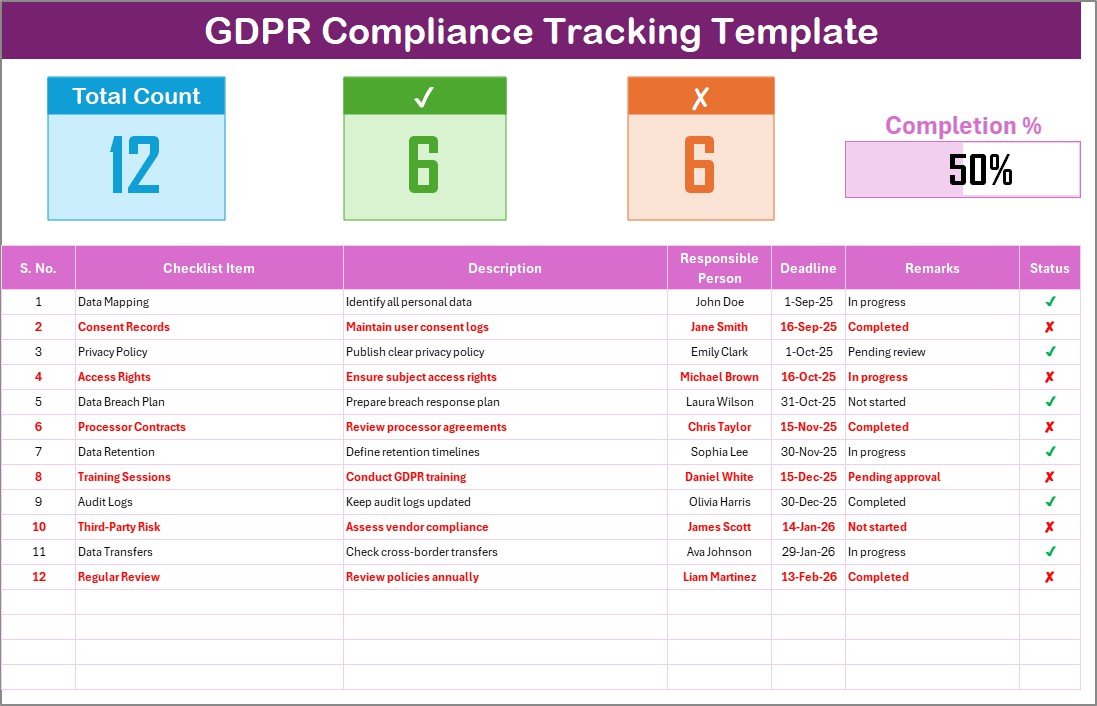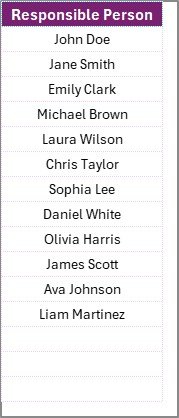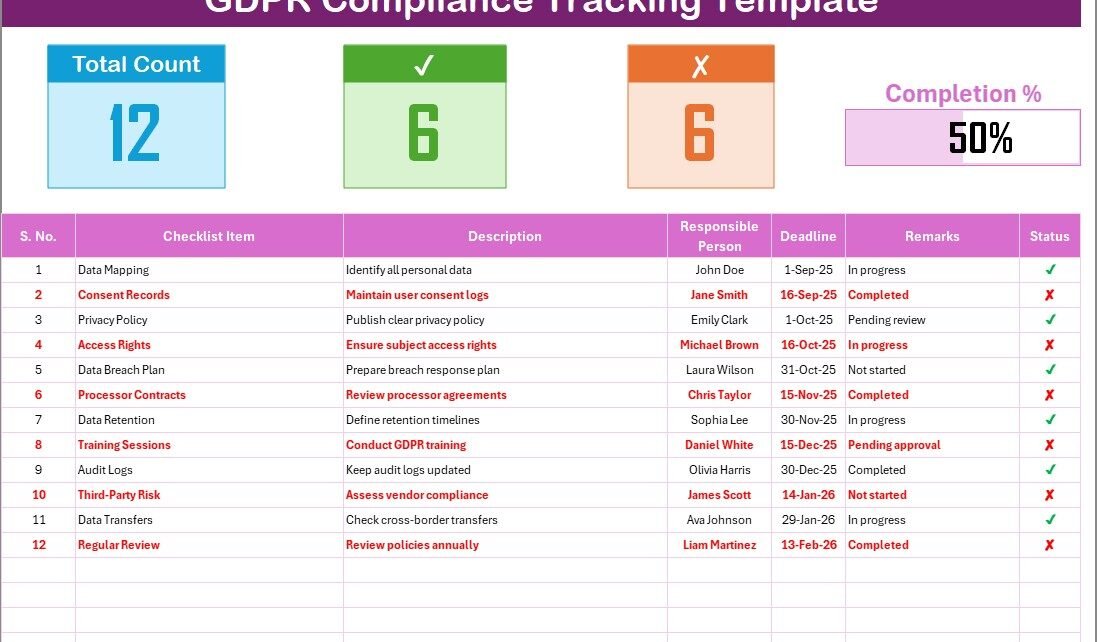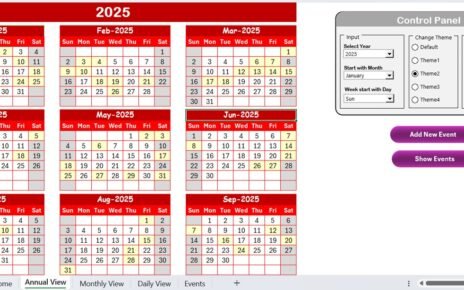In today’s digital world, organizations handle a massive amount of personal data. Protecting this information is not only a moral duty but also a legal requirement. The General Data Protection Regulation (GDPR) sets the global standard for how businesses should collect, process, and store personal data. Non-compliance with GDPR can result in severe penalties, reputational damage, and a loss of customer trust.
For companies of all sizes, tracking GDPR compliance can become overwhelming if handled manually. This is where a GDPR Compliance Tracking Checklist in Excel proves invaluable. It provides a structured, easy-to-use system that ensures every requirement is met and monitored.
Click to Purchases GDPR Compliance Tracking Checklist in Excel
In this article, we will explore the details of the GDPR Compliance Tracking Checklist template in Excel, its features, benefits, best practices, and how organizations can leverage it to stay compliant with GDPR requirements.
What is a GDPR Compliance Tracking Checklist?
A GDPR Compliance Tracking Checklist is a systematic tool designed to help businesses ensure they are following all the rules outlined under GDPR. It breaks down the regulation into manageable steps, assigns responsibilities, and provides a clear timeline for compliance activities.
By using an Excel-based checklist, organizations can capture, track, and monitor compliance progress without needing expensive software. The template allows you to keep everything in one place, offering both simplicity and efficiency.
Key Features of the GDPR Compliance Tracking Checklist Template
This ready-to-use template has been designed with practical features that simplify the process of compliance management. It includes two worksheet tabs:
GDPR Compliance Tracking Checklist Sheet Tab

This is the main sheet tab where all checklist activities are managed.
Top Section Overview
At the top of the sheet, you will find summary information to track progress:
- Total Count: The total number of checklist items.
- Checked Count: Number of completed items.
- Crossed Count: Number of incomplete or pending items.
- Progress Bar: A visual indicator that shows the completion percentage, making it easy to monitor overall progress at a glance.
Checklist Table
The table is the heart of this sheet. It captures the details of each compliance item with the following columns:
- Serial No.
- Checklist Item
- Description
- Responsible Person
- Deadline
- Remarks
- Status (✔ or ✘)
This structure ensures clarity and accountability in compliance activities.
List Sheet Tab

The second tab is the List sheet. Its primary purpose is to create a unique list of Responsible Persons. This data automatically feeds into a dropdown list on the main checklist, allowing easy assignment of tasks without manual entry errors.
By separating the list into its own sheet, the template remains clean, organized, and adaptable for different teams or departments.
Why Use an Excel-Based GDPR Compliance Tracker?
You might wonder why Excel is a good choice for GDPR compliance tracking when so many software tools exist. Here are a few reasons:
-
Familiarity: Most organizations already use Excel, so no additional training is needed.
-
Flexibility: You can customize the checklist to match your business processes.
-
Cost-Effective: Unlike specialized software, Excel is budget-friendly and accessible.
-
Scalable: Whether you are a small startup or a large enterprise, the same template can be scaled to your needs.
-
Visual Tracking: Features like progress bars, dropdowns, and conditional formatting make compliance tracking more engaging and easier to understand.
Advantages of GDPR Compliance Tracking Checklist in Excel
Using this template offers several benefits for organizations:
✅ Centralized Tracking – All compliance tasks are stored in one place.
✅ Improved Accountability – Assign responsibilities to individuals and monitor their progress.
✅ Time Management – Deadlines ensure no compliance activity is missed.
✅ Progress Monitoring – Visual indicators keep the team aware of completion rates.
✅ Customization – Easily add or remove checklist items as per business needs.
✅ Error Reduction – Dropdowns minimize manual input mistakes.
✅ Audit Preparedness – Provides a documented trail of compliance activities to present during audits.
Opportunities for Improvement in GDPR Tracking
Even though the Excel template is powerful, there are always areas where organizations can improve:
🔹 Integration with Other Systems – Linking with HR, CRM, or IT systems for real-time updates.
🔹 Automation – Adding macros or VBA scripts to send reminders for deadlines.
🔹 Data Security – Protecting the Excel file with passwords or limiting access to authorized personnel.
🔹 Regular Updates – GDPR rules evolve, so the checklist must be reviewed and updated regularly.
🔹 Team Collaboration – Using cloud-based Excel (like Microsoft 365 or Google Sheets) for real-time collaboration.
Best Practices for Using GDPR Compliance Tracking Checklist in Excel
To get the most out of your GDPR Compliance Tracker, follow these best practices:
-
Define Clear Checklist Items
Break down GDPR requirements into clear, actionable items such as “Appoint a Data Protection Officer” or “Review Data Breach Response Policy.” -
Assign Responsibility
Use the dropdown to assign tasks to the right individuals. Ensure accountability for each compliance activity. -
Set Realistic Deadlines
Define timelines for each task and monitor them regularly to avoid last-minute rushes. -
Update Status Frequently
Always keep the checklist updated. Mark tasks as ✔ or ✘ immediately after progress to maintain accuracy. -
Monitor the Progress Bar
Use the progress bar to visualize how close you are to full compliance. -
Review Regularly
Schedule weekly or monthly reviews to ensure tasks are being completed on time. -
Secure the File
Protect the file with a password and restrict editing rights to prevent unauthorized access. -
Prepare for Audits
Keep notes in the Remarks section for each item. This serves as supporting evidence during official audits.
Step-by-Step Guide: How to Use the GDPR Compliance Tracking Template
Here’s a simple guide to get started with the template:
Click to Purchases GDPR Compliance Tracking Checklist in Excel
-
Open the Excel File
Start with the pre-designed template. -
Review Checklist Items
Go through the default checklist and add or remove items based on your organization’s needs. -
Update Responsible Persons
Enter names in the List tab. These will appear in the dropdown of the main sheet. -
Assign Deadlines
Add realistic deadlines to each task. -
Track Progress
As tasks are completed, mark them with ✔. If pending, use ✘. -
Monitor Summary Section
Keep an eye on the progress bar to see how much compliance work is done. -
Review and Share
Conduct periodic reviews with your team and share the file for collaboration.
Conclusion
Ensuring GDPR compliance is no longer optional. Businesses that fail to comply risk hefty fines and reputational damage. The GDPR Compliance Tracking Checklist in Excel provides an efficient, cost-effective, and user-friendly way to track all compliance activities in one place. With features like progress tracking, responsible person assignment, and deadlines, this template makes compliance simpler and more transparent.
By following best practices and continuously updating the checklist, organizations can stay ahead of audits, safeguard personal data, and build stronger trust with clients and stakeholders.
Frequently Asked Questions (FAQs)
1. What is GDPR and why is it important?
GDPR stands for General Data Protection Regulation. It is a legal framework introduced by the European Union to protect individuals’ personal data. It is important because non-compliance can lead to heavy fines and reputational damage.
2. Who should use the GDPR Compliance Tracking Checklist in Excel?
Any organization that handles personal data of EU citizens—whether a startup, SME, or multinational—should use this checklist to ensure compliance.
3. Can this template be customized?
Yes. The template is fully customizable. You can add, remove, or edit checklist items based on your company’s compliance needs.
4. How often should the checklist be updated?
The checklist should be updated regularly, ideally every time there is a change in business processes, IT systems, or regulatory requirements.
5. Is Excel secure enough for GDPR compliance tracking?
Excel can be secure if password protection and restricted access are used. However, sensitive data should not be stored directly in the checklist.
6. Can this checklist replace a Data Protection Officer (DPO)?
No. The checklist supports compliance activities but does not replace the role of a DPO, which is mandatory for many organizations under GDPR.
7. What happens if my organization does not comply with GDPR?
Non-compliance can result in penalties up to €20 million or 4% of annual global turnover, whichever is higher.
8. Can multiple team members work on the same checklist?
Yes, especially if you use Microsoft 365 or Google Sheets, where multiple users can collaborate in real time.
Visit our YouTube channel to learn step-by-step video tutorials


